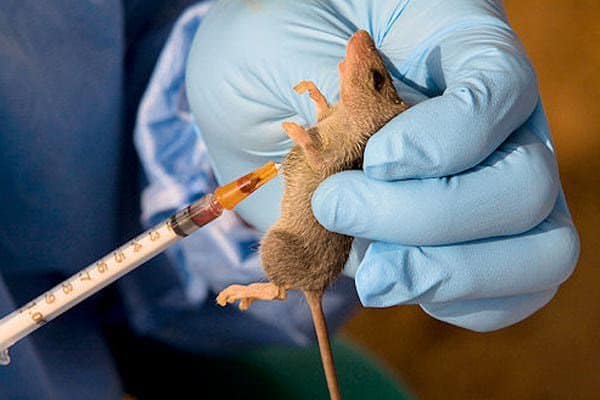Health
LASSA Fever: What You Can Do To Be Safe

Some years ago, the Nigeria Centre for Disease Control (NCDC) declared that the emergency phase of the Lassa fever outbreak, in Nigeria was over.
This was after the disease had ravaged the country for four and a half months in 21 states of the country which led to 129 deaths.
Recently there has been another outbreak of Lassa fever, and records hold that at least 16 people have been killed, 47 patients are currently undergoing treatment, while 21 have been successfully treated and discharged, according to the Nigerian Centre for Disease Control.
The 84 cases were recorded in seven states which includes Bauchi, Ebonyi, Edo, Ogun, Ondo, Plateau, Taraba, the Nigerian government is making efforts to contain the outbreak.
Not being in any of the above states doesn’t still keep you safe.
This piece explains what Lassa fever is, its cause, symptoms, and what you can do to stay safe and alive as the government battles to get rid of the killer fever.
What causes of Lassa fever
Lassa fever mainly gets transmitted to humans through multimammate rats. It is passed through infected body fluid, contaminated food/household items and contaminated medical equipment.
What are common symptoms
The symptoms may take one to three weeks before developing or showing. Some of the symptoms include fever, cough, back pain, vomiting, diarrhoea, facial swelling, abdominal pain, constipation, and sore throat.
How to protect yourself or stay safe:
- Keep your environment, whether home or office/workshop, clean
- Cover all foods and water properly
- Cook all foods thoroughly
- Block all rats hideouts in your home, office/workshop
- If you notice any of the symptoms listed above, report to your nearest health facility for prompt check-ups and appropriate treatment.








